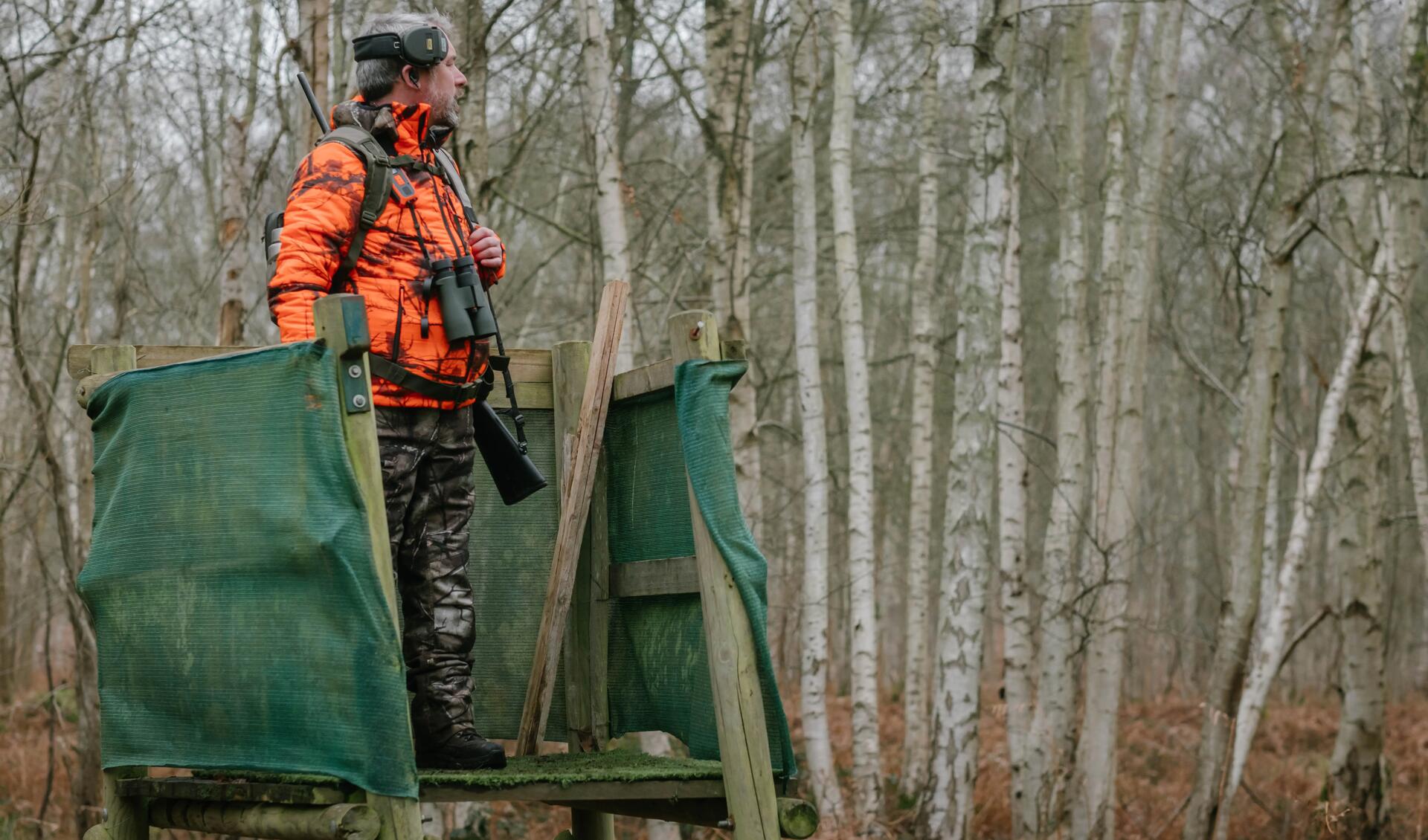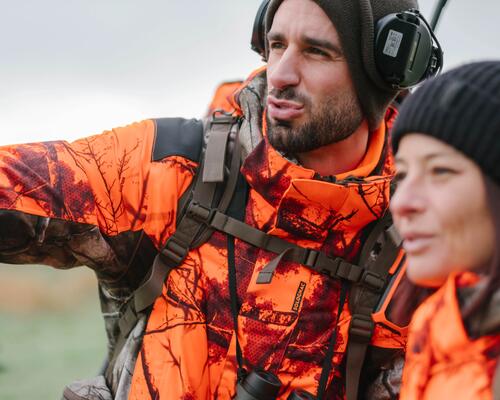Preamble on the importance of safety in the new Hunting Act
"All the hunting federations already offer numerous training courses for hunters and/or driven hunt organisers.These courses on safety when hunting will be updated to include a compulsory refresher course every 10 years.It will not be an examination, but a training course to recap on hunting safety techniques, to remind people of situations in which accidents can happen, the behaviours to adopt when encountering people in the wild who are not hunting, to adapt the weapon to the game being hunted, and so on. All the local hunting management plans already have a safety section adapted to the local biotope and hunting practices.
In addition to this training, in order to reinforce and standardise certain hunting safety rules, particularly for the many hunters who hold national licences, there are plans for collective large game hunting campaigns:
-An obligation to wear a neon jacket,
-The installation of temporary signs indicating that a hunt is in progress
-Every local hunting federation will also appoint a hunting safety commission, consisting of the members of the board of the federation"
Source: https://www.chasseurdefrance.com/pratiquer/chasser-en-securite/







